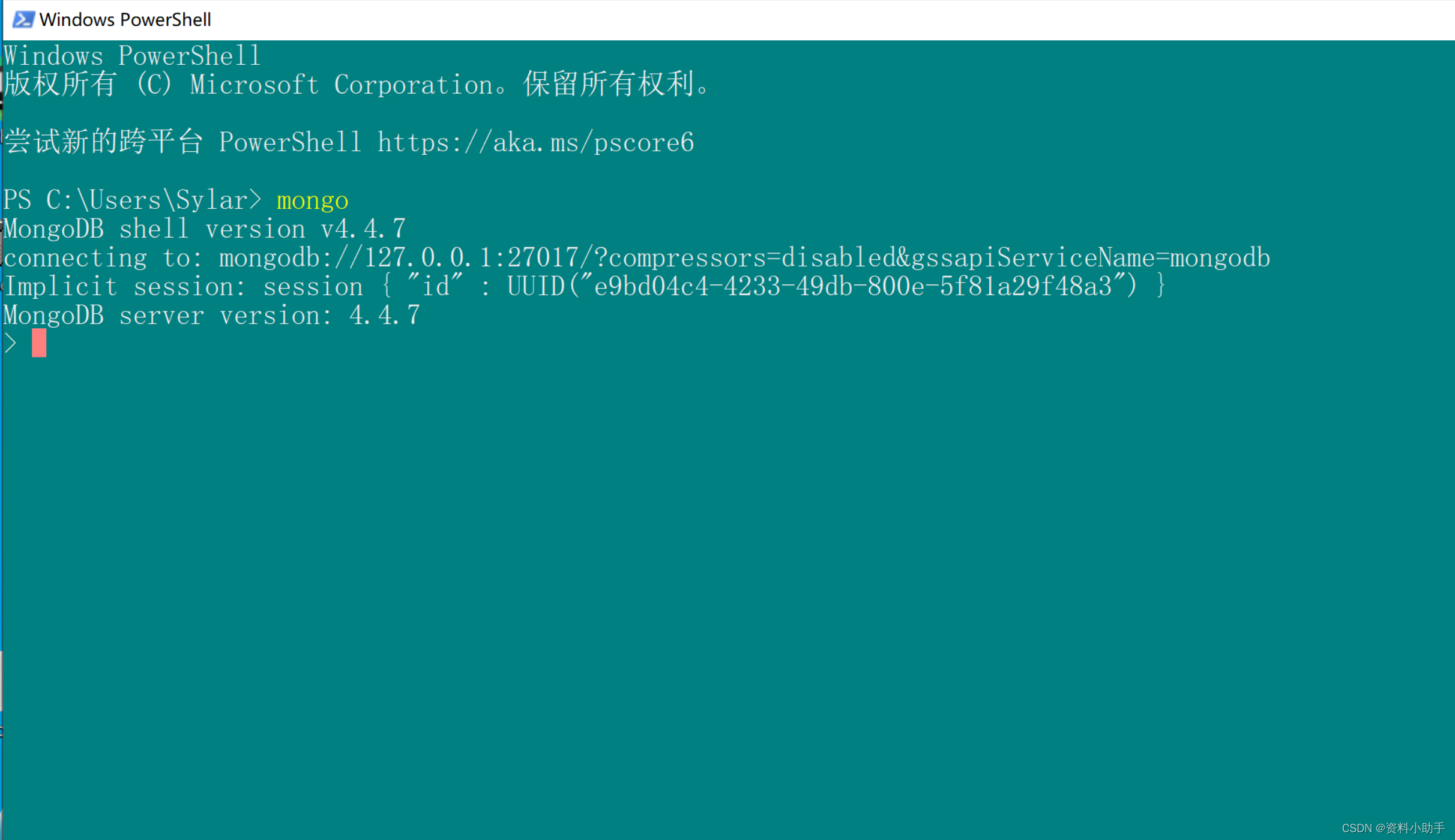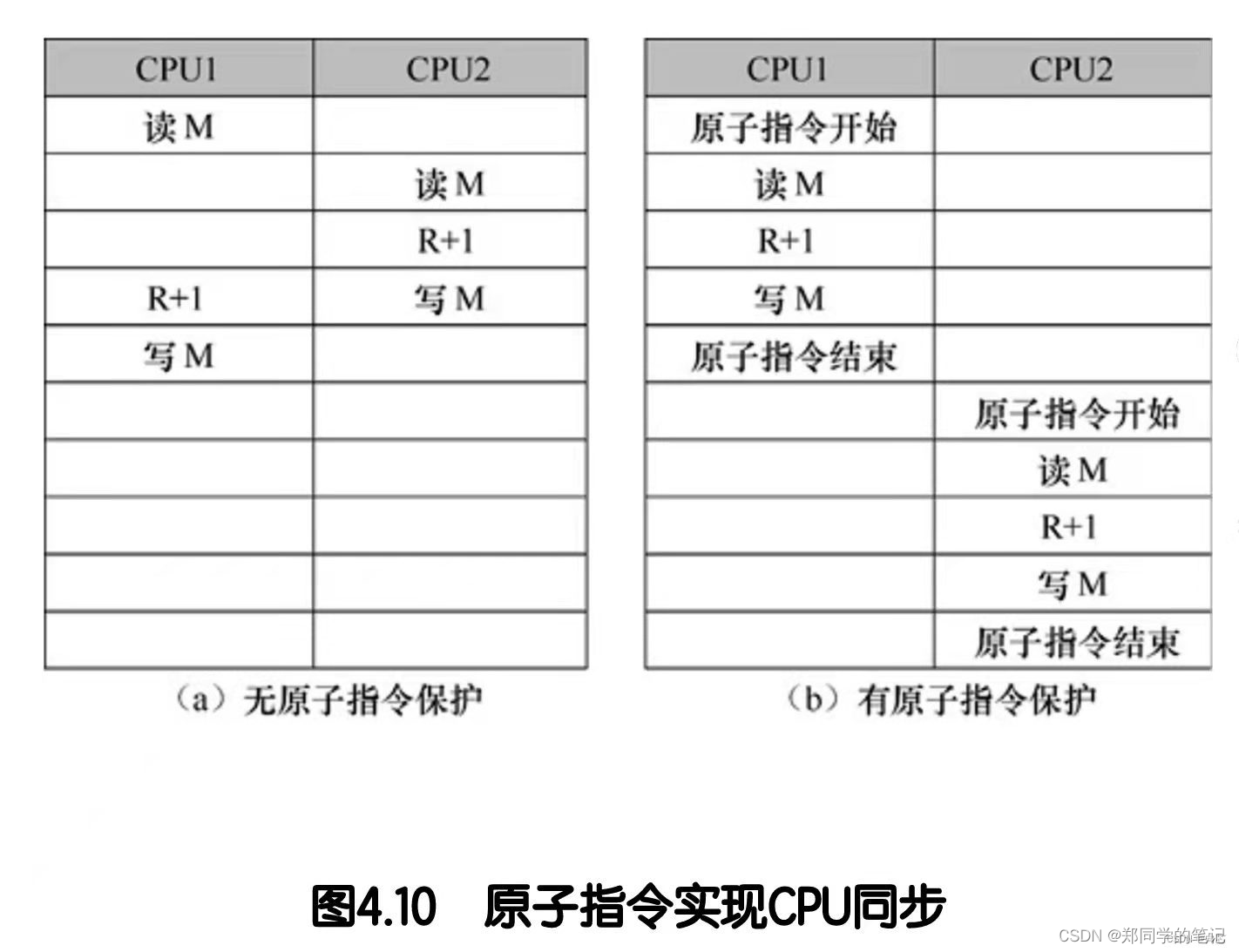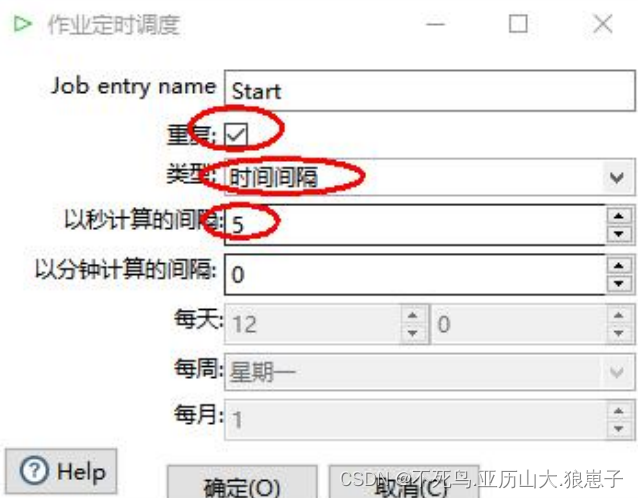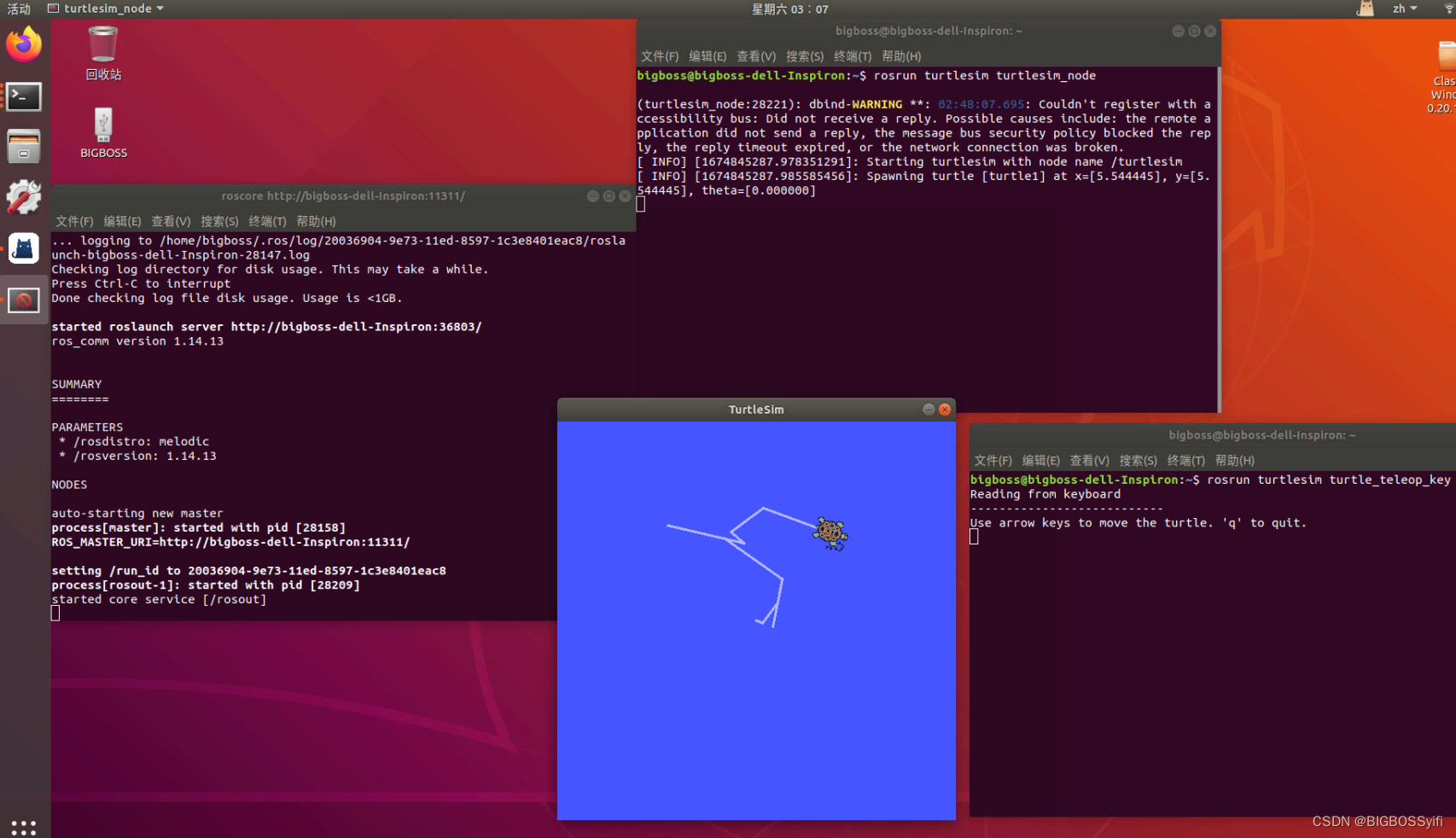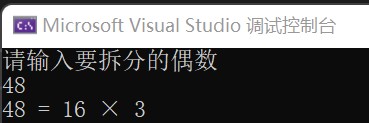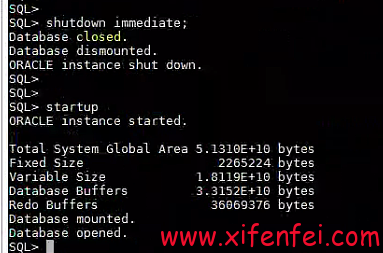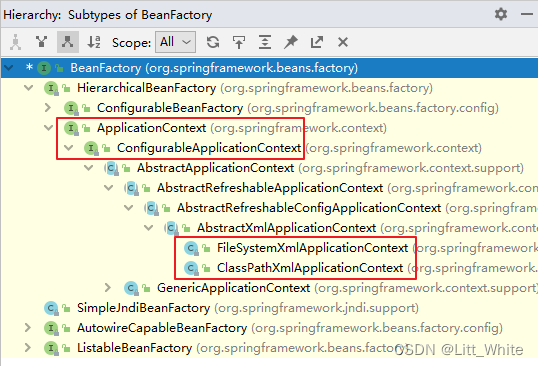一、Ribbon简介
Spring Cloud Ribbon是Netflix发布的开源项目,主要功能是提供客户端的软件负载均衡算法和服务调用。Ribbon客户端组件提供一系列完善的配置项如连接超时,重试等。简单地说,就是在配置文件中列出Load Balancer(简称LB)后面所有机器,Ribbon会自动的帮助你基于某种规则(如简单轮询,随机连接等)去连接这些机器。我们很容易使用Ribbon实现自定义的负载均衡算法
由官网https://github.com/Netflix/ribbon可知,Ribbon也进入维护中了,但是生产中大量使用中,还是比较优秀,不是立刻退出技术舞台的时刻。

Tip:未来可替换方案趋势:Spring 的LoadBalancer
Ribbon=负载均衡+RestTemplate
二、Ribbon和Nginx负载均衡区别
负载均衡:简单地说就是将用户的请求平均分摊到多个服务上,从而达到系统的HA(高可用)。
常见的负载均衡软件有Nginx,LVS,硬件F5等。
1、Ribbon和Nginx负载均衡区别:
-
Nginx是服务器负载均衡,客户端所有请求都会交给Nginx,然后由Nginx实现转发请求。即负载均衡是由服务端实现的。 -
Ribbon本地负载均衡,在调用微服务接口时候,会在注册中心上获取注册信息服务列表之后缓存到JVM本地,从而在本地实现RPC远程服务调用技术
2、Ribbon负载均衡
进程内LB:将LB逻辑集成到消费方,消费方从服务注册中心获知有哪些地址可用,然后再从这些地址中选择出一台合适的服务器。它只是一个类库,集成于消费方进程。集中式LB:即在服务的消费方和提供方之间使用独立的LB设施(可以是硬件,如F5,也可以是软件,如Nginx),由该设施负责把访问请求通过某种策略转发至服务提供方。
eg:我们的order调用payment工程,ribbon应该在我们的order服务消费方
三、RestTemplate
RestTemplate的一些方法 :
获取数据结果可通过 RestTemplate 的getForObject、getForEntity 发送数据postForObject,getForEntity 中可以获取返回的状态码、请求头等信息,通过 getBody 获取响应的内容。其余的和 getForObject 一样,也是有 3 个重载的实现:
@RestController
@RequestMapping("/consumer")
@Slf4j
public class OrderController {
//public static final String PAYMENT_URL = "http://localhost:8001";
public static final String PAYMENT_URL = "http://CLOULD-PAYMENT";
@Resource
private RestTemplate restTemplate;
@PostMapping("/order")
public CommonResult<Payment> createOrder(@RequestBody Payment payment) {
return restTemplate.postForObject(PAYMENT_URL + "/payment", payment, CommonResult.class);
}
@GetMapping("/order/{id}")
public CommonResult<Payment> getOrderPayment(@PathVariable("id") Long id) {
return restTemplate.getForObject(PAYMENT_URL + "/payment/" + id, CommonResult.class);
}
@GetMapping("/order/getForEntity/{id}")
public CommonResult<Payment> getOrderPayment2(@PathVariable("id") Long id) {
ResponseEntity<CommonResult> entity = restTemplate.getForEntity(PAYMENT_URL + "/payment/" + id, CommonResult.class);
if (entity.getStatusCode().is2xxSuccessful()) {
return entity.getBody();
} else {
return new CommonResult<>(444, "操作失败");
}
}
}
四、Ribbon核心组件IRule
Ribbon在工作时分为两步:
第一步:先选择 EurekaServer,它优先选择在同一个区域内负载较少的Server;
第二步:再根据用户指定的策略,在从Server取到的服务注册列表中选择一个地址;
其中Ribbon提供了多种策略,比如轮询、随机、根据响应时间加权。
1、Ribbon与Eureka
spring-cloud-starter-netflix-eureka-client3.0.x版本以前是包含对ribbon的依赖的,官方内置了随机和轮询负载均衡策略,所以不用额外引入ribbon依赖也可以使用,但是Spring Cloud在2020.0版本后就移除了Ribbon,用的是 loadbalancer.。
<dependency>
<groupId>org.springframework.cloud</groupId>
<artifactId>spring-cloud-starter-netflix-eureka-client</artifactId>
</dependency>

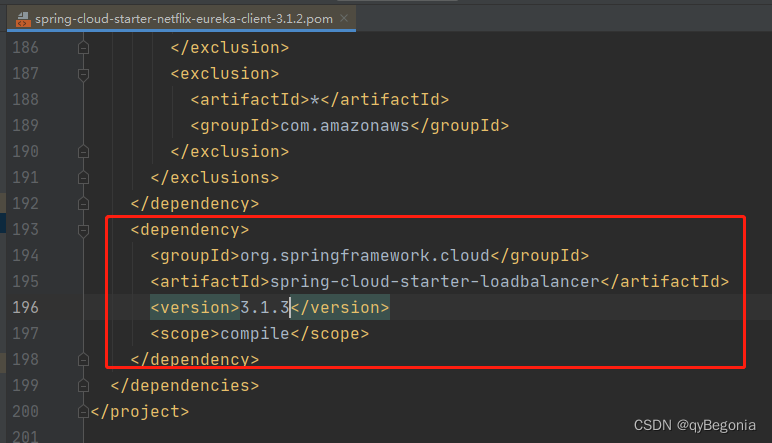
由于我们之前搭建的工程都是基于最新版本的springcloud 2021.0.3版本,导入Eureka依赖spring-cloud-starter-netflix-eureka-client后检查不到Ribbon的依赖,无法查看IRule接口代码,是使用LoadBalancer代替的Ribbon。
所以我们新搭建一个SpringCloud 2020版本以下的工程学习Ribbon,注意引入的依赖:
父pom:
<dependency>
<groupId>org.springframework.boot</groupId>
<artifactId>spring-boot-dependencies</artifactId>
<version>2.0.2.RELEASE</version>
<type>pom</type>
<scope>import</scope>
</dependency>
<dependency>
<groupId>org.springframework.cloud</groupId>
<artifactId>spring-cloud-dependencies</artifactId>
<version>Finchley.RELEASE</version>
<type>pom</type>
<scope>import</scope>
</dependency>
子pom:
<!--Eureka的依赖版本不要填,因为dependencyManagement中指定了版本,交给maven自动匹配就好-->
<dependency>
<groupId>org.springframework.cloud</groupId>
<artifactId>spring-cloud-starter-netflix-eureka-client</artifactId>
</dependency>
IRule接口在ribbon-loadbalancer包中,下载源码,可以查看IRule类图
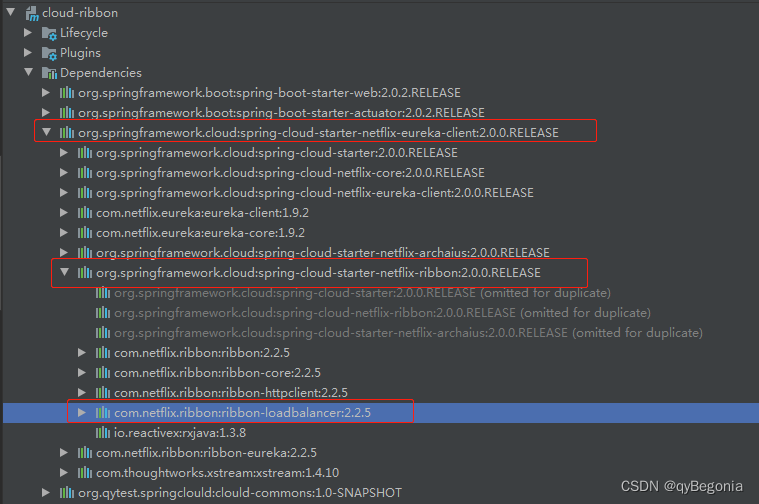
2、IRule 简介
IRule 是一个接口。其作用是:根据特定算法从服务列表中选取一个要访问的服务,Ribbon默认的算法为轮询算法。
IRule类图:

Ribbon中的7中负载均衡算法:
- com.netflix.loadbalancer.RoundRobinRule:轮询
- com.netflix.loadbalancer.RandomRule:随机
- com.netflix.loadbalancer.RetryRule:先按照RoundRobinRule的策略获取服务,如果获取服务失败则在指定时间内会进行重试
- WeightedResponseTimeRule :对RoundRobinRule的扩展,响应速度越快的实例选择权重越大,越容易被选择
- BestAvailableRule :会先过滤掉由于多次访问故障而处于断路器跳闸状态的服务,然后选择一个并发量最小的服务
- AvailabilityFilteringRule :先过滤掉故障实例,再选择并发较小的实例
- ZoneAvoidanceRule:默认规则,复合判断server所在区域的性能和server的可用性选择服务器
